Strategies
Below are strategies for all content areas.
|
|
Cross Curricular Planning: SeasideTheme-based cross-curricular lessons for children who are blind or visually impaired, including those with additional disabilities |
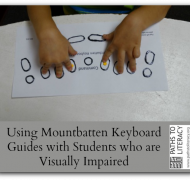 |
Introducing Young Children to the Mountbatten BraillerTips on introducing the Mountbatter braille writer to young children who are blind or visually impaired |
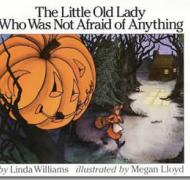 |
Story Box for "The Little Old Lady Who Was Not Afraid of Anything"This storybox is a favorite at Halloween, using real objects and concrete tactile representations of items and events in the book. |
 |
Top Access Tips: Measuring Angles (sighted methods of access)Tips on how to modify measuring angles for students who are visually impaired |
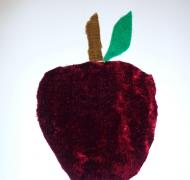 |
Apple BookThis tactile book can help beginning readers to explore different textures and shapes |
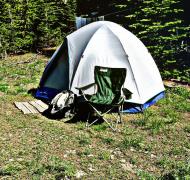 |
Cross Curricular Planning: Camping TripMany skills and concepts can be taught to children who are blind or visually impaired through a single experience or event, such as camping. |
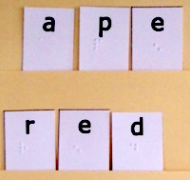 |
Build-a-Word: a Word Game for Beginning Braille StudentsThis activity helps young readers to build braille words making word families, as well as using suffixes and contractions. |
 |
People as Helpers: CookMulti-sensory ideas for cooking in the kitchen with children who are blind or visually impaired. |
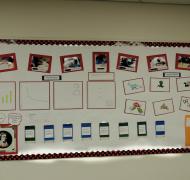 |
Setting Up Your Braille ClassroomIdeas for setting up a braille classroom that encourage student choice and differentiated learning. |
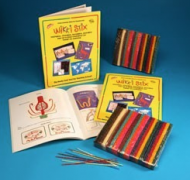 |
10 Uses for Wikki Stix to Support Curriculum AccessUsing Wikki Stix to support the inclusion of children and young people with visual impairment and curriculum access. |
 |
Sensory Areas: WeatherThis theme-based multisensory activity helps children who are blind or visually impaired to develop skills in all areas, including literacy, tactile, visual, and auditory skills. |
|
|
Sending Your Child Off for the First Day of SchoolCreate notes in braille or with tactile markers to let your child know that your thoughts are with them on the first day of school! |
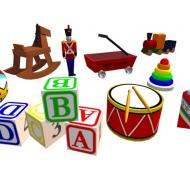 |
Sensory Areas: ToysThese ideas for theme-based multi-sensory activities help children with visual impairments to develop literacy and numeracy skills, as well as visual, auditory, and tactile awareness. |
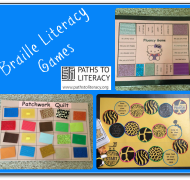 |
Braille Literacy GamesActivities and games to promote braille literacy with students who are blind or visually impaired. |
|
|
Tactile Color Words BookThis post addresses the question of how to teach children who are blind about colors using tactile illustrations and braille words. |
 |
Sensory Areas: Growth and ChangeThis theme-based multisensory activity helps children who are blind or visually impaired to develop skills in all areas, including literacy, numeracy, tactile, visual, and auditory skills. |
 |
Sensory Areas: HomesThese ideas for multi-sensory activities help children with visual impairments to develop literacy and numeracy skills, as well as visual, auditory, and tactile awareness. |
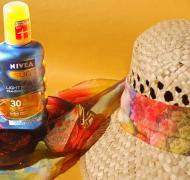 |
Making InferencesActivity ideas to teach students with visual impairments to make inferences |
|
|
Sentence StructureELA lesson aligned with CCSS making sentence structure accessible to students who are blind or visually impaired. |
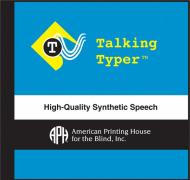 |
Talking Typer Tracking FormsTracking forms to go along with the Talking Typer to document progress with students who are visually impaired. |
